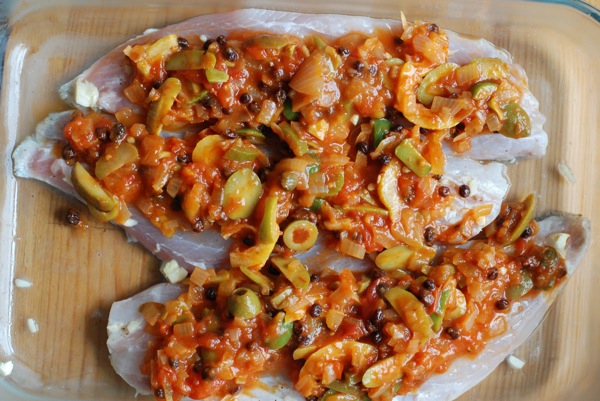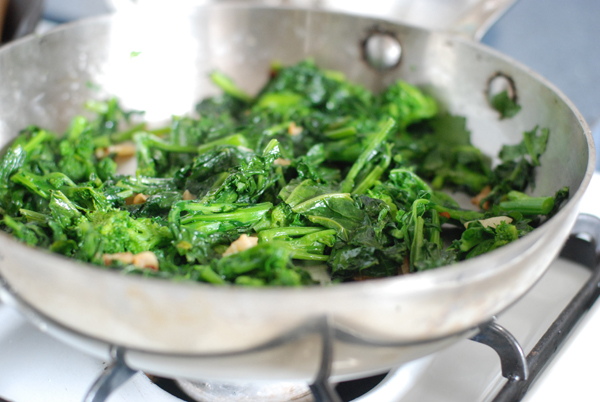Corned beef is one of those foods I always assumed I couldn't make. Even by the looks of it - mysteriously pink inside, despite the brining process, perfectly I'm happy to try my hands at kimchi, sour cherry preserves, even babka, but deli sandwiches are best made by the pros. Or so I thought.
But Mrs. Wheelbarrow knows better than to let nice, well-meaning home cooks like me get intimidated by something as easy (yes, you heard me, easy!) as corned beef. In fact, she's created a yearlong project devoted to dispelling just such a notion. And while these days, the Charcutepaloozans are conquering fancy things like homemade bratwurst and chicken liver terrine, corned beef is so very easy to make, that it was their very first challenge. If corned beef is just a warm-up for Cathy, I knew it wouldn't be too hard for me to make, either. And I was right.
I can see the eye-rolls through the interwebs. Let's back up. Corned beef is nothing more than pickled, boiled brisket. That's why it's so easy to make: first you pickle it, then you boil it. The key, of course, is to use the best pickling spice there is, which, at least in this case, is a homemade concoction. I used the pickling spice recipe from Ruhlman, the king of charcuterie (no really, he's the author of the book Charcuterie and the godfather of Charcutepalooza). I'm really excited that his recipe made extra spice, because I'll be using it for green beans and cabbage later this week.
So that's the rub with corned beef. Marinate in salt water with spices, rinse, boil with more spices. Poof. The real question is what to do once you've got a beautiful piece of corned beef. The possibilities! We've eaten quite a few sandwiches so far, and I'm planning for some very traditional corned beef and cabbage, with some egg noodles to wash it all down. I only wish I'd made more. Stuff's delish.
Corned Beefadapted from Ruhlman
A note about pink salt: if you've got it, use it, and your brisket will stay pink. If you don't have it, don't sweat it.
for the brisket:
1 (2.5-lb) first-cut brisket 3/4 cup kosher salt 1/4 cup sugar 2 teaspoons pink salt (sodium nitrite), optional 2 cloves garlic, minced 2 tablespoons pickling spice
for the pickling spice:
1 tablespoon black peppercorns 1 tablespoon mustard seeds 1 tablespoon coriander seeds 1 tablespoon hot red pepper flakes 1 tablespoon allspice berries 1/2 tablespoon ground mace 1 small cinnamon stick, crushed or broken into pieces 2 bay leaves, crumbled 1 tablespoon whole cloves 1/2 tablespoon ground ginger
First, make the pickling spice: combine pepper, mustard, and coriander seeds in a dry saute pan and toast over medium heat, being careful not to burn. Let your nose guide you; I found everything fragrant and adequately toasted by the time the mustard seeds had just started to pop. When seeds are toasted, transfer to a heatsafe bowl. Combine with other spices. Let cool completely, then transfer to sealable jar.
Now, brine the brisket: in a pot large enough to hold the brisket, combine half a gallon of water, salt, sugar, pink salt (if using), garlic, and 1 tablespoon of the pickling spice mix. Bring to a simmer, letting salt and sugar dissolve. Cool liquid completely, then transfer to a storage container. Add brisket, weighing meat down with a plate if necessary to keep it submerged, and brine for 5 days.
After 5 days, remove brisket from brine and rinse thoroughly. Transfer to a large pot, add the remaining tablespoon of spices and enough water to cover the brisket, and bring to a slow simmer. Partially cover the pot, and cook brisket in the spiced water for about 2 1/2 hours. If water boils down to the point where the brisket is no longer covered, add enough water to cover the meat.
When brisket is fork-tender, remove it from the cooking water. If you're planning to serve the corned beef with vegetables reserve the cooking water and use it to cook the vegetables.
Once corned beef has cooled for about 10 minutes, use a sharp knife to slice against the grain into slices. Either serve immediately, or wrap tightly and store in the refrigerator for up to 1 week.
















